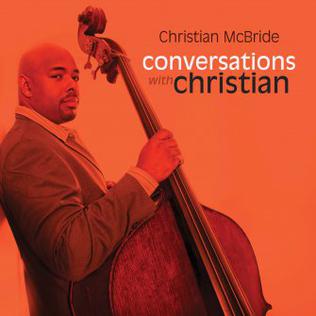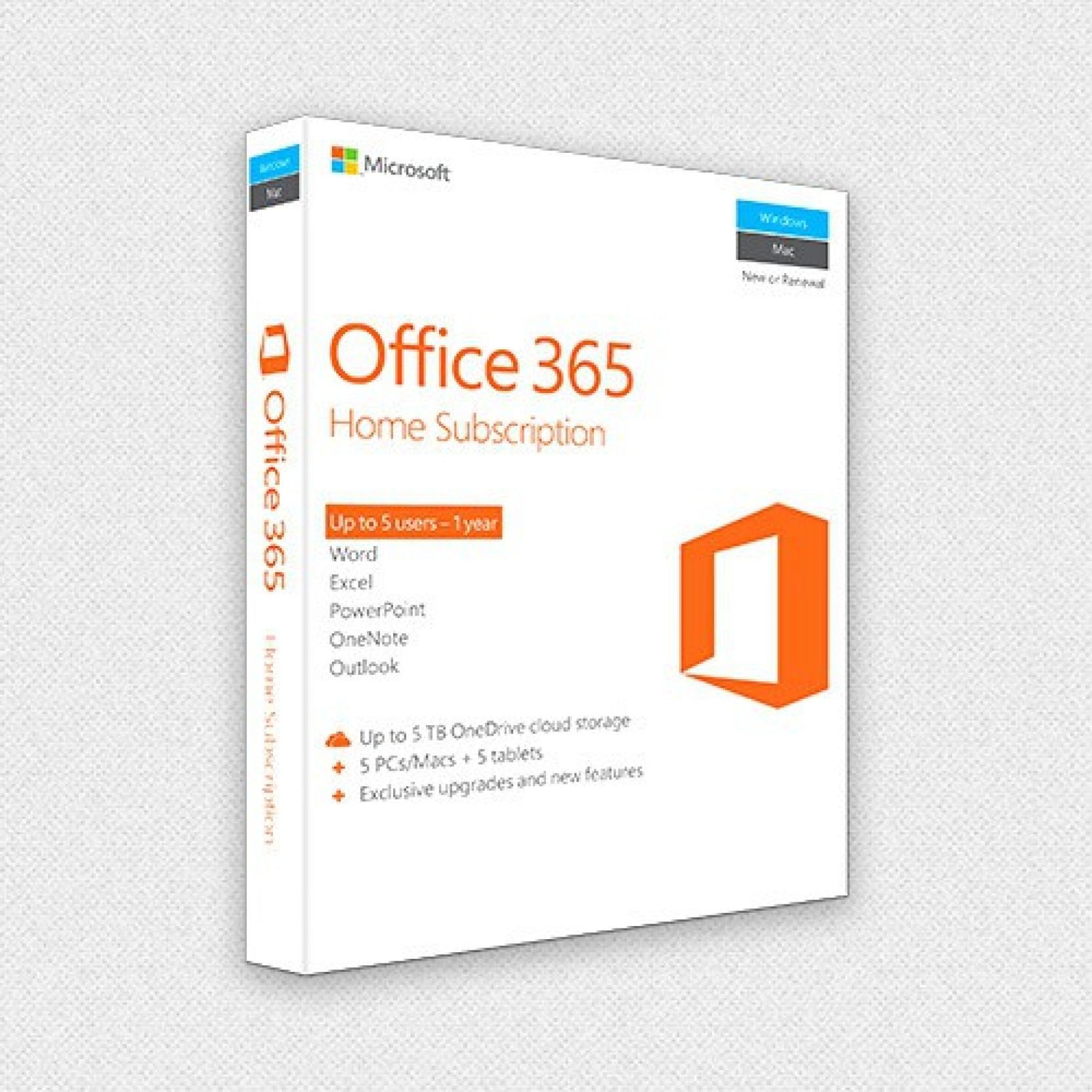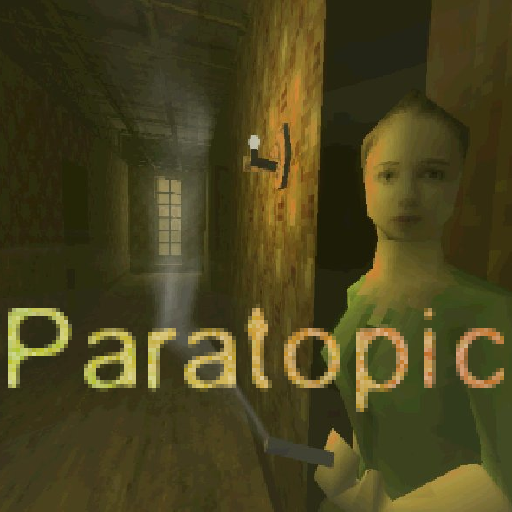The 8-track tape was used for almost 20 years, and every major musical artist of the time released a tape version of each album during that era. There are still millions of recordings available on 8-track tapes. Having an 8-track player as a part of your audio equipment could open up a. Pagico turns tasks and lists into clear and meaningful timelines, so you can easily plan ahead and stay on-track. A professional-grade work management feature with no trainings required. Enjoy a bird's eye view of all your on-going deadlines, and feel good about your progress. The most user-friendly and affordable church software to track online giving, accounting, membership, child check-in, visitors, small groups, events, volunteers, attendance and more. To download the product you want for free, you should use the link provided below and proceed to the developer's website, as this is the only legal source to get M-Audio M-Track Eight. We wish to warn you that since M-Audio M-Track Eight files are downloaded from an external source, FDM Lib bears no responsibility for the safety of such downloads.

Home > Articles > Digital Audio, Video
␡- About Track Types
This chapter is from the book
This chapter is from the book
After you create a Pro Tools session, you add tracks to it. Tracks are the staging areas for the media in a session, including audio, MIDI, and video; tracks also include automation and controller data.
Tracks provide controls for routing inputs and outputs, inserting effects, playing software-based instruments, and mixing.
This chapter explains the track types available in Pro Tools, and shows you how to create and name tracks, assign track inputs and outputs, and organize tracks in a session.
About Track Types
Pro Tools LE 8 has six track types: Audio, Auxiliary Input, MIDI, Instrument, Master Fader, and Video. The types of tracks you use depends on the kind of material you want to include in your session.
Audio tracks
Audio tracks are used for recording or importing audio into a session, and then editing, arranging, and playing back that audio.
Track 8 For Macbook Air
In the Mix window (see Figure 2.24), Audio track channel strips include controls for volume, pan, record enable, solo, mute, and group ID; plus selectors for automation mode, audio input paths, and audio output paths (Figure 4.1). You can also show Inserts and Sends views.

Figure 4.1 An Audio track channel strip in the Mix window.
In the Edit window (see Figure 2.1), Audio tracks include controls for record enable, solo, and mute; plus selectors for automation mode, track timebase, and Elastic Audio processing (Figure 4.2). You can also show Inserts, Sends, and I/O views on Audio tracks.
The playlist area is where the track's audio and its associated automation are displayed on the session timeline. The Track Height, Track View, and Playlist selectors affect the appearance of the playlist.
Auxiliary Input tracks
Auxiliary Input tracks are used to bring audio signals into a session from an internal bus, an external input, or a virtual instrument plug-in inserted on the track.
In the Mix window, Auxiliary Input track channel strips include controls for volume, pan, solo, mute, and group ID; plus selectors for automation mode, audio input paths, and audio output paths (Figure 4.3). As with Audio tracks, you can also show Inserts and Sends views.
Figure 4.3 An Auxiliary Input track channel strip in the Mix window.
In the Edit window, Auxiliary Input tracks include controls for solo and mute, plus selectors for automation mode and track timebase (Figure 4.4). You can also show Inserts, Sends, and I/O views on Auxiliary Input tracks.
Figure 4.4 An Auxiliary Input track in the Edit window.

Because Auxiliary Input tracks only route audio into a session and do not record it, the playlist area shows only track automation on the session timeline. The Track Height, Track View, and Playlist selectors affect the appearance of the playlist.
MIDI tracks
MIDI tracks are used for recording MIDI data into a session and playing it back through an external device. You can also use MIDI tracks to send multiple channels of MIDI to a single virtual instrument plug-in inserted on an Auxiliary Input track.
In the Mix window, MIDI track channel strips (Figure 4.5) have many of the same controls as Audio and Auxiliary Input tracks, including volume, pan, solo, mute, and group ID, plus selectors for automation mode and MIDI input and output. However, on MIDI tracks, the volume and pan controls affect MIDI controller values, and the input and outputs are MIDI channels.
Figure 4.5 A MIDI track channel strip in the Mix window.
In the Edit window (Figure 4.6), MIDI tracks include controls for MIDI record enable, solo, and mute; plus selectors for automation mode, MIDI patch, and track timebase. You can also show the I/O view on MIDI tracks. (MIDI tracks don't have Inserts or Sends.)
The playlist area displays MIDI notes in piano roll format on the session timeline, along with associated MIDI controller data. The Track Height, Track View, and Playlist selectors affect the appearance of the playlist.
Instrument tracks
Instrument tracks combine features of MIDI tracks and Auxiliary Input tracks, so that you need only a single track to use a virtual instrument. Instrument tracks are used to record MIDI and play it back through a virtual instrument plug-in inserted on the same track.

In the Mix window, Instrument track channel strips (Figure 4.7) have the same controls as Auxiliary Input tracks: audio volume, pan, solo, mute, and group ID; plus selectors for automation mode, audio input paths, and audio output paths. You can also show Inserts and Sends views. The Record Enable button in this section is for recording MIDI, not audio.
Figure 4.7 An Instrument track channel strip in the Mix window.
In addition to these controls, Instrument tracks also have MIDI controls (Figure 4.8), available in the Instrument view: MIDI input and output selectors, MIDI volume and pan, and MIDI mute.
Figure 4.8 The MIDI controls for an Instrument track in the Mix window.
8 Ton Track Machine For Sale
In the Edit window (Figure 4.9), Instrument tracks include controls for record enable, solo, and mute; plus selectors for automation mode, MIDI patch, and track timebase. You can also show the I/O view on Instrument tracks.
Figure 4.9 An Instrument track in the Edit window.
The playlist area displays the same information as MIDI tracks: MIDI notes and controller data. The Track Height, Track View, and Playlist selectors affect the appearance of the playlist.
Master Fader tracks
Master Fader tracks are used to control the audio outputs of a session. They are most commonly used on the outputs for a session's main mix.
In the Mix window, Master Fader track channel strips (Figure 4.10) include track controls for volume and group ID, plus selectors for automation mode and the audio output path. You can also show Inserts view.
Figure 4.10 A Master Fader track channel strip in the Mix window.
In the Edit window (Figure 4.11), Master Fader tracks include selectors for automation mode and track timebase. You can also show automation lanes, Inserts, and I/O views.
Figure 4.11 A Master Fader track in the Edit window.
Because Master Fader tracks only control audio outputs and do not record audio, the playlist area shows only track automation on the session timeline. The Track Height and Track View selectors affect the appearance of the playlist.
Video tracks
Video tracks display imported video in the session timeline, allowing you to edit sound to picture.
Video tracks are displayed in the Edit window only (Figure 4.12). Edit window controls include Video Online button and Track View selector. You can also show the I/O view on Video tracks.
The playlist area shows video regions as frames or solid blocks. You can adjust the size of the video track with the Track Height selector.
Related Resources
- eBook (Watermarked) $47.99
- Book $47.99
- Book $47.99




